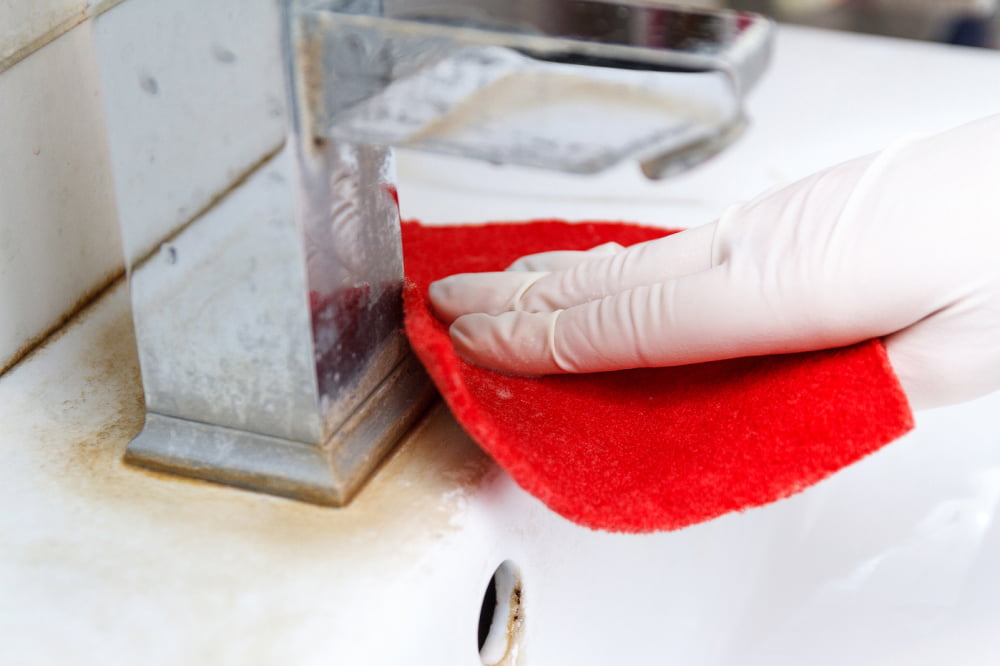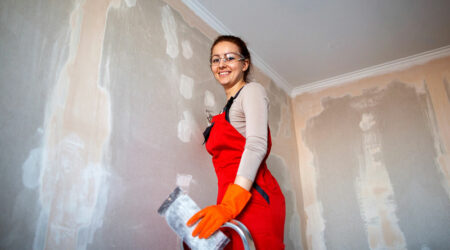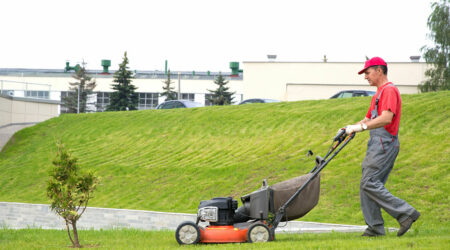
Helpful tips to prevent mildew and mold growth
Creating a house as a safe haven involves more than just comfortable furniture and a welcoming ambiance. It’s also about ensuring a healthy living environment, which means tackling those stubborn culprits: mold and mildew. These unwelcoming guests not only affect the appearance of the home but can also impact one’s health. Read on to learn how to clean black mold and keep the bathrooms and home free of mold and mildew.
- Ventilation is key
Proper airflow is required in any household. Ensure the house is well-ventilated by using exhaust fans in bathrooms and kitchens. It prevents humid air from getting trapped indoors and helps dry wet areas of the house. Open windows on sunny days to let fresh air circulate and moisture escape. - Keep it dry
Remember, moisture is the enemy. Regularly check for leaks and fix them promptly. Towel-dry bathroom surfaces after use and invest in a dehumidifier, especially in damp areas like the basement, and pipelines, among others. - Cleaning is important
Regularly cleaning mold is the key. Scrub bathroom tiles, shower curtains, and sinks with mold-fighting cleansers. Don’t forget hidden spots like behind appliances and under sinks. - Mind the garden
Indoor plants need extra care and proper drainage. Overwatering can create a paradise for mold to grow. Therefore, it is crucial to refrain from overwatering indoor planters in order to prevent excessive moisture. - Seal the cracks
Seal cracks and gaps in windows, doors, and walls to prevent moisture from sneaking in. The less humidity, the less hospitable the house will be for mold and mildew. - Avoid using carpets in moist areas
Avoid wall-to-wall carpeting in areas prone to moisture, as carpets can trap moisture in the air and provide a breeding ground for mold. - Use a dehumidifier
A dehumidifier in humid environments can help maintain optimal humidity levels, making it less conducive to mold growth. - Bathroom mold removal
Tackling bathroom mold removal requires a systematic approach to ensure effective and safe elimination. Here’s a step-by-step guide on how to do it:
Gather supplies
- Protective gear (gloves, mask, goggles)
- Distilled white vinegar or hydrogen peroxide
- Baking soda
- Scrub brush or toothbrush
- Spray bottle
- Old rags or paper towels
Check ventilation
Make sure the bathroom is well-ventilated. Open windows and turn on exhaust fans to help circulate fresh air and prevent inhaling mold spores.
Safety precautions
Wear protective gear to avoid direct contact with mold and its spores. A mask, gloves, and goggles are essential to protect oneself.
Prepare bathroom mold and mildew remover
Fill a spray bottle with distilled white vinegar or hydrogen peroxide. Both substances have natural antimicrobial properties that can help kill mold.
Spray and wait
Thoroughly spray the affected areas with the bathroom mold and mildew remover. Allow it to sit for at least 10-15 minutes to break down the mold.
Scrub the areas
Use a scrub brush or an old toothbrush to scrub the mold-infested areas gently. For stubborn spots, sprinkle a little baking soda on the brush to create an abrasive paste that aids in cleaning mold.
Rinse and wipe
After scrubbing, rinse the area with clean water to remove the cleaning solution and any remaining mold. Wipe the surface with a clean, damp cloth or paper towel.
Dry thoroughly
Ensure the treated area is completely dry. Mold thrives in damp environments, so proper drying is essential to prevent regrowth.
How to clean black mold?
Cleaning black mold requires more caution and thoroughness due to its potential health risks. Here’s a step-by-step guide on how to clean black mold:
- Safety precautions
Wear protective gear, including gloves, an N95 respirator mask, and safety goggles. Ensure proper ventilation by opening windows and using exhaust fans. - Isolate the area
Seal off the affected area to prevent mold spores from spreading to other parts of the house. Cover doorways and vents with plastic sheeting and tape. - Prepare cleaning solution
Mix a cleaning solution with water and detergent. Avoid using bleach, as it can make the mold dormant but not eliminate it completely. - Scrubbing
Use a scrub brush or a non-abrasive sponge to scrub the affected surfaces gently. Work in small sections, applying the cleaning solution and scrubbing thoroughly. - Rinse and wipe
After scrubbing, rinse the area with clean water to remove any residual cleaning solution and mold spores. Wipe the surface with a clean, damp cloth or sponge. - Drying
Ensure the cleaned area is thoroughly dried. Use fans and dehumidifiers to help speed up the drying process. - Monitor for regrowth
Keep an eye on the cleaned area for any signs of regrowth. Address any moisture issues promptly. - HEPA vacuuming (Optional)
Consider using a vacuum cleaner with a HEPA filter to clean up any remaining mold spores from surfaces and crevices.
By implementing these smart solutions, you’re not only tackling the immediate issue of mold and mildew growth but also creating a foundation for a healthier lifestyle.




